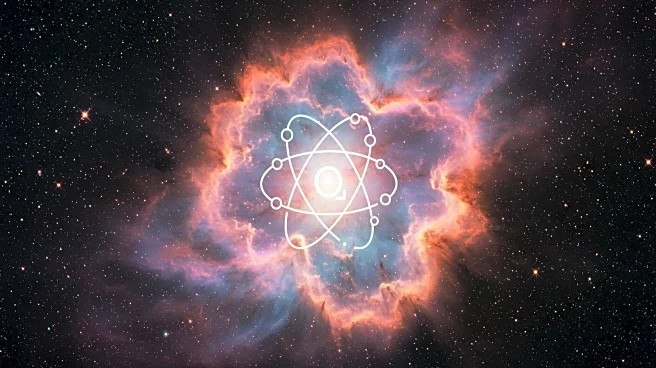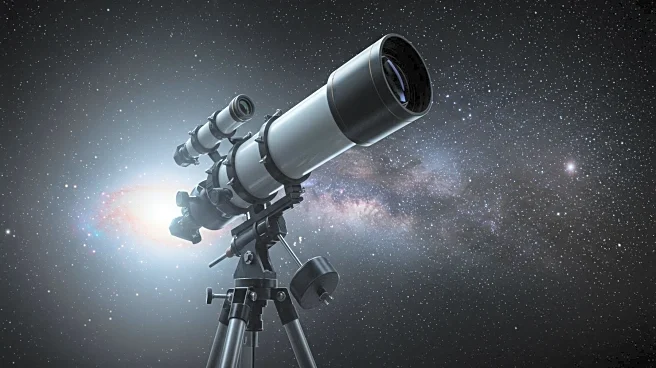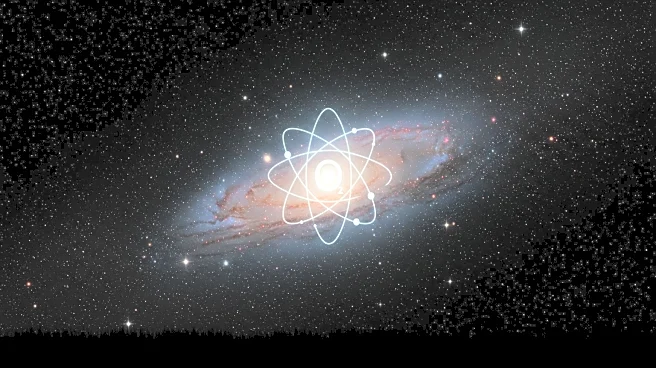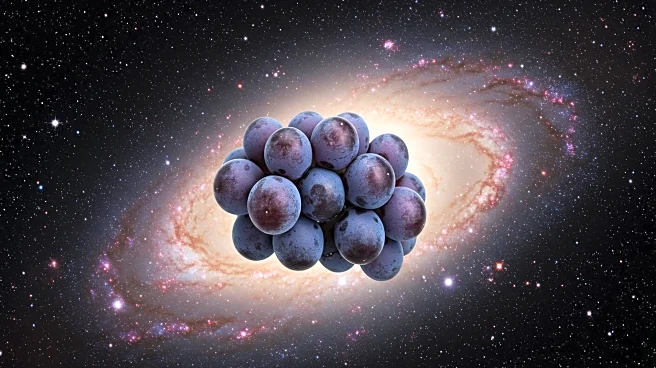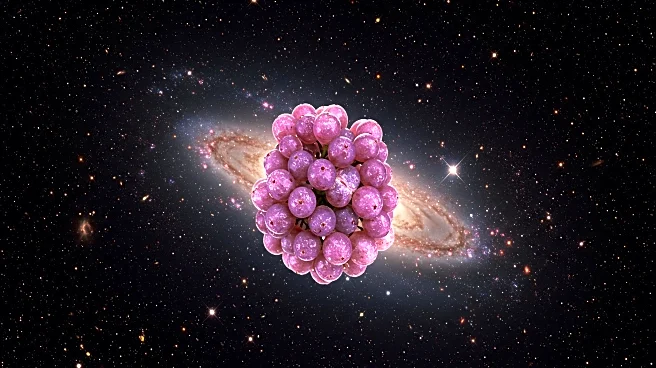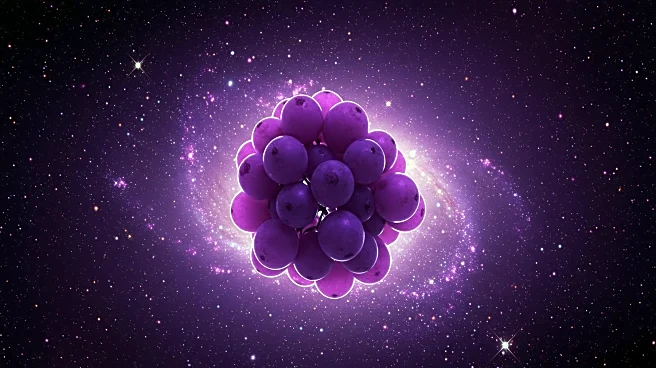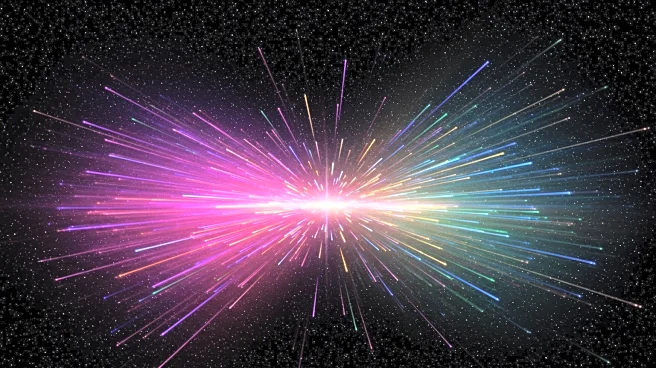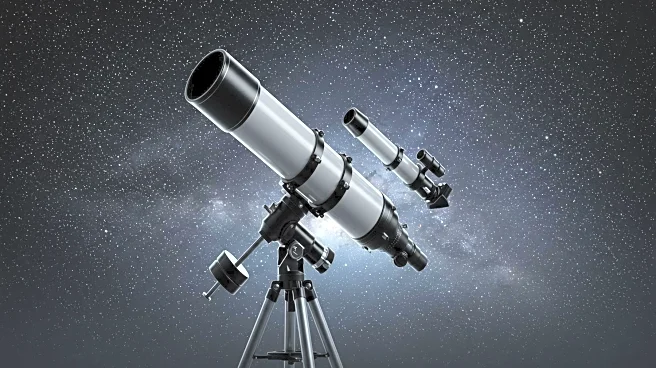Rapid Read • 8 min read
Researchers at Harvard & Smithsonian's Center for Astrophysics have proposed a new theory to explain the formation of compact galaxies known as 'little red dots.' These galaxies, which were discovered by the James Webb Space Telescope, are believed to have formed inside extremely rare, slowly spinning dark matter halos. The theory suggests that these halos, representing less than one percent of all halos in the universe, create conditions for the formation of these compact galaxies during a brief billion-year window. The distinctive red color of these galaxies may be due to dust or older stars, and their brightness could be attributed to concentrated mass in the center, potentially involving black holes or rapid star formation.
AD
The discovery and explanation of 'little red dots' provide insights into the early universe's galaxy formation processes. Understanding these compact galaxies could help astronomers learn more about the conditions that led to the formation of the first stars and black holes. The research offers a framework for studying the co-evolution of galaxies and black holes, which is crucial for understanding the universe's development. This theory could also influence future astronomical studies and the interpretation of data from telescopes like the James Webb Space Telescope.
Astronomers will continue to study these 'little red dots' to further understand their formation and characteristics. Future research may focus on confirming the presence of black holes within these galaxies and exploring the implications of their rapid growth. The findings could lead to new theories about galaxy formation and the role of dark matter in shaping the universe. As more data becomes available, researchers may refine their models and predictions about the early universe's structure.
The study of 'little red dots' highlights the importance of dark matter in cosmic evolution. It raises questions about the nature of dark matter halos and their influence on galaxy formation. The research also underscores the significance of advanced telescopes like the James Webb Space Telescope in uncovering previously unseen phenomena. These discoveries may lead to a deeper understanding of the universe's fundamental forces and the interplay between visible and invisible matter.
AD
More Stories You Might Enjoy


